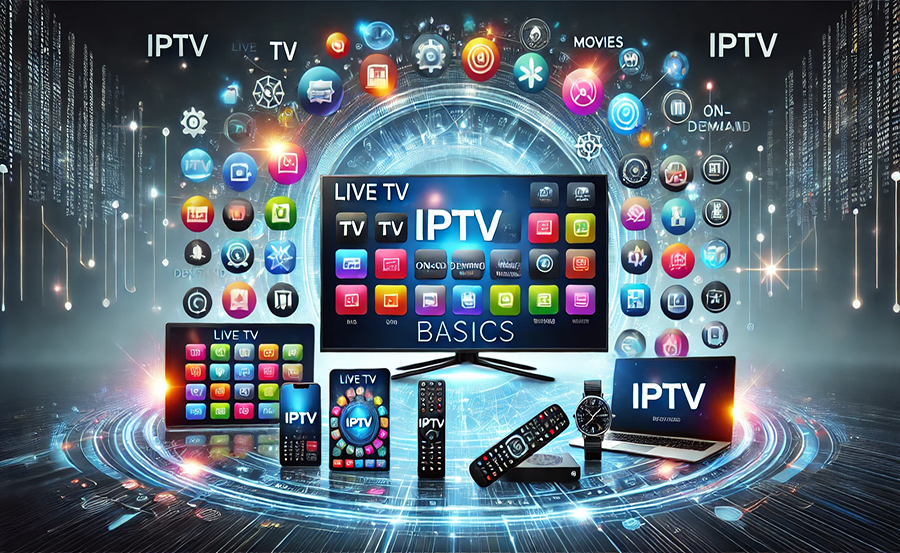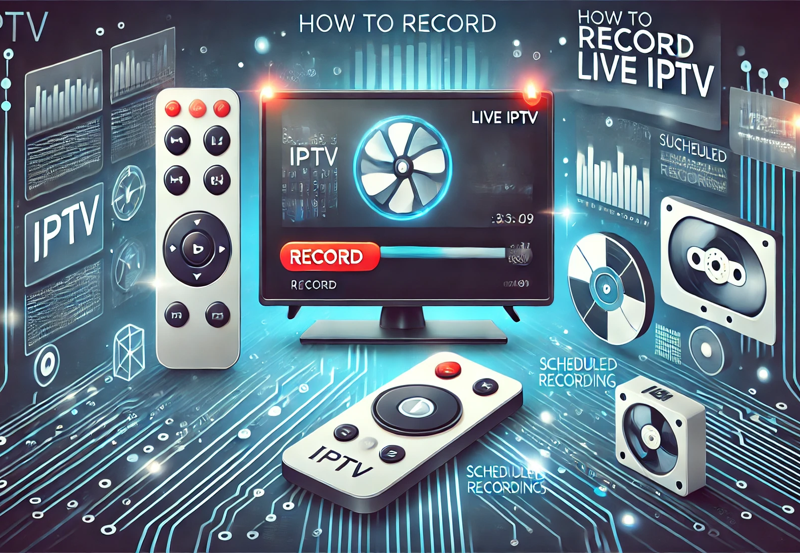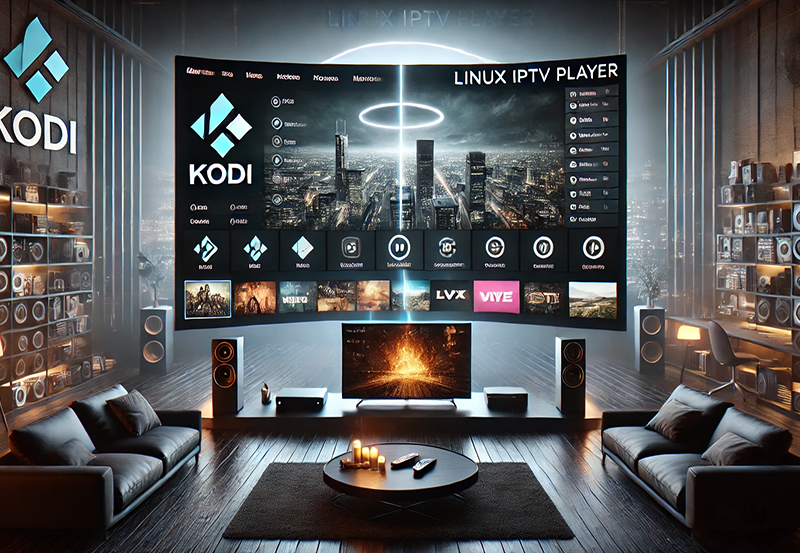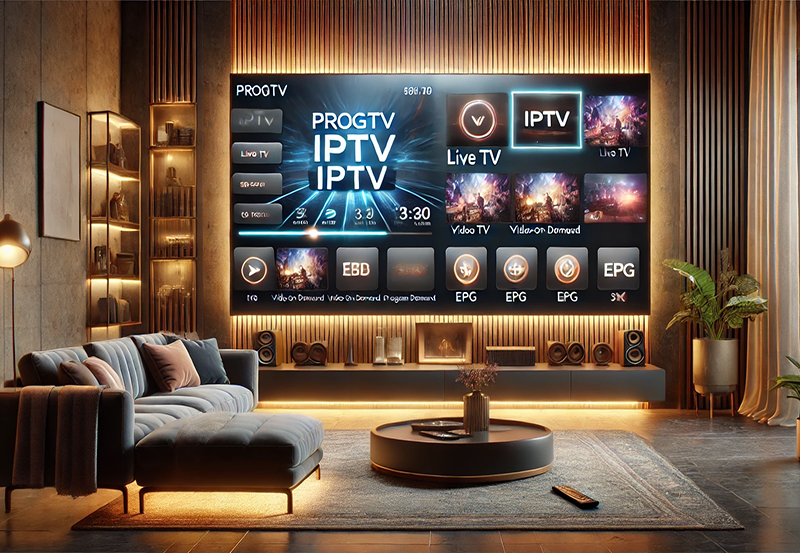In today’s digital age, the landscape of entertainment is evolving at an unprecedented pace. With the advent of IPTV, or Internet Protocol Television, accessible and customizable home entertainment has become a reality for many. However, setting up IPTV at home can be a daunting task if you don’t know where to begin. This comprehensive guide is crafted to answer the frequently asked questions, clear the cobwebs, and help you master your IPTV entertainment experience.
Buy 1 Year IPTV Subscription and Enjoy Unlimited Content
Understanding IPTV: The Basics
What is IPTV?
Before we dive into the installation process, let’s first understand what IPTV is. Internet Protocol Television, or IPTV, is a system where television services are delivered through the internet instead of traditional terrestrial, satellite, or cable formats. Imagine being able to stream live television and on-demand content directly to your screens via your internet connection—this is precisely what IPTV offers.
Why Choose IPTV Over Traditional Television?
There’s no denying the popularity of IPTV. But why have so many opted for this service over other types of television delivery? Primarily, flexibility and customization are the key elements. With IPTV, you’re not restricted by broadcasting schedules. Instead, you have the freedom to choose what you want to watch and when. Moreover, IPTV caters to varied interests, from typical entertainment to niche segments like IPTV for sports streaming. Additionally, it can often be more cost-effective in the long run.
Preparing for IPTV Installation
Checking Internet Speed and Connectivity
Before purchasing an IPTV package, ensure your home internet connection is robust and fast. Decent internet speed is crucial for flawless streaming. Typically, a minimum bandwidth of 10 Mbps is recommended for basic streams, but higher speeds are preferable for high-definition and multiple streams. Test your internet speed using online tools to ascertain your capability.
Selecting the Right IPTV Service
Not all IPTV services are created equal. From free options to premium subscriptions, choosing the right service depends heavily on your viewing preferences and budget. Make sure to research various providers, read user reviews, and even take advantage of trial periods to sample the service quality. Look for features like user-friendly interfaces, variety in content, and reliable customer service when selecting your IPTV provider.
Installing IPTV at Home
Acquiring the Necessary Equipment
Transitioning your home entertainment system to IPTV can be a significant change, but acquiring the necessary equipment is your first step. At the very least, you’ll need a smart TV or a set-top box that supports IPTV. Some services require specific hardware; thus, check with your service provider before purchasing equipment.
Configuring Your Set-Top Box
If you’re using a set-top box, setup begins with connecting it to your TV and internet. Here’s a simple way to do it:
- Connect the HDMI cable from your set-top box to your TV.
- Power the device and connect it to your home internet using either WiFi or an Ethernet cable. The latter is often more reliable.
- Follow the on-screen prompts to complete the setup, including logging into your IPTV service.
Configuring IPTV on Smart TVs
If you own a smart TV, check if it has pre-installed applications capable of syncing with your IPTV service. If not, you might need to download an application from the app store. Search for apps compatible with your IPTV subscription and follow the installation directions provided on screen. This process often requires inputting user credentials or activation codes.
Troubleshooting Common IPTV Issues
Addressing Buffering and Streaming Quality
One of the most frequent concerns with IPTV users is buffering. This issue can often be a result of insufficient internet speed, network congestion, or outdated streaming devices. Begin by ensuring your internet meets the required speeds. If the issue persists, try these actions:
- Resetting your modem or router.
- Reducing the number of devices connected to the network.
- Switching to a wired internet connection.
Dealing with Application Crashes and Freezes
Apps freezing or crashing is another common issue with IPTV services. Frequently, these issues stem from outdated software, device incompatibility, or app glitches. Ensure your device’s firmware and IPTV app are updated to their latest versions. Uninstalling and reinstalling the app can also resolve persistent issues.
Maximizing Your IPTV Experience
Exploring IPTV Features and Add-Ons
One of the great benefits of IPTV is the array of features designed to enhance your viewing pleasure. Services often provide:
- Catch-up TV: Watch programs you missed over the past few days.
- Content Recording: Record live shows to watch at your convenience.
- Multi-screen Viewing: Streaming on multiple devices simultaneously.
Customizing Your Viewing Experience
Personalization is at the heart of a stellar IPTV experience. Most services offer features to create profiles, customize viewing lists, and receive recommendations based on your preferences. Take time to explore these options and tailor your setup to fit your lifestyle.
Frequently Asked Questions

What should I do if my IPTV service is not working?
If you encounter issues with your IPTV service, start with basic troubleshooting steps like restarting your router and device. Verify your internet connection is stable and fast. If problems persist, contact your IPTV provider for further assistance.
Can I use VPN with my IPTV service?
Yes, using a VPN with IPTV services is both possible and sometimes recommended for privacy and security reasons. VPNs can also help you bypass regional restrictions to access content unavailable in your area. Choose a reliable VPN service that’s compatible with your IPTV setup.
How do I know if my internet speed is sufficient for IPTV?
To ensure smooth IPTV streaming, your internet speed should be at least 10 Mbps for SD broadcasting and 25 Mbps or more for HD and 4K. Test your internet speed using any reputable online speed test tool. If the speed is inadequate, consider upgrading your plan.
Is IPTV legal?
IPTV itself is a legal technology, but the legality can hinge on the content the service provides. Beware of unlicensed services that offer pirated content as they are illegal in most jurisdictions. Opt for reputable providers who hold proper licenses for the content they broadcast.
Can IPTV replace traditional cable TV entirely?
For many users, IPTV offers what traditional cable cannot—flexibility and a wider range of content tailored to individual preferences. As a result, many find IPTV to be a suitable replacement for cable services. However, live local channels may still be limited, depending on the provider.
In wrapping things up, IPTV has revolutionized how we view television today. The technology might initially seem complex, but with the proper guidance and equipment, anyone can master their IPTV entertainment. Embrace the new way of enjoying television, tailored to fit your unique viewing habits and preferences.
Optimizing XMLTV Downloads for Better IPTV App Performance





